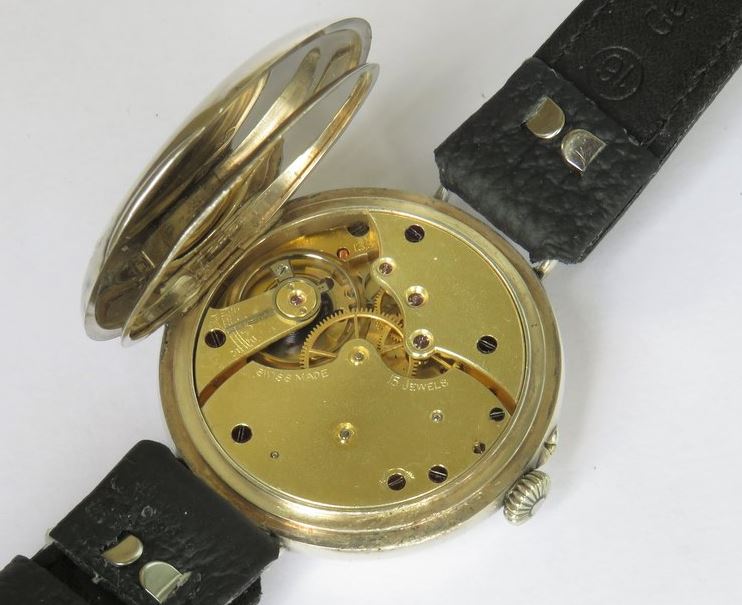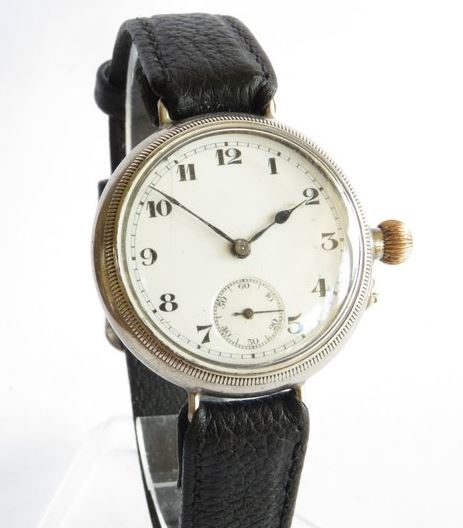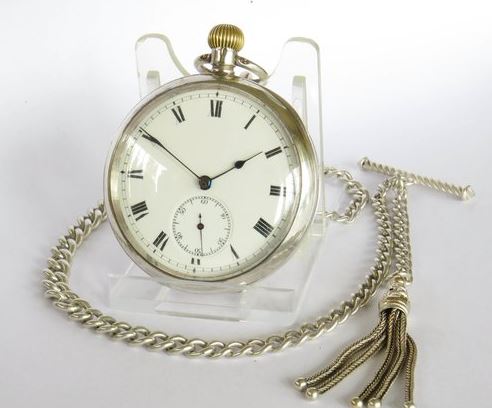Last updated on July 13, 2024
Have you recently acquired an antique watch? Perhaps you have recently inherited a family heirloom? Or maybe you have started a small collection of antique watches for your own enjoyment? In either case, you need to consider the ongoing servicing required to your antique watch in working order. Antique watches for the purpose of this post are those which are at least 100 years old. This means that they are all mechanical, quartz watches, which still require servicing have only been around since the 1970s and therefore are considered vintage. In this post we pose the question, should you keep your antique watches serviced on a regular basis?
Treat your antique watch with care
Before you consider having your antique watch serviced, make sure you are maintaining your watch properly to keep it in peak condition. This means handling it gently (don’t drop, shake, or tap on it) and keeping it clean. It should also be stored, boxed and away from bright lighting, natural or otherwise. It should also be kept in a place that avoids extremes of temperature. Winding the pieces in your collection regularly will help keep the lubricants evenly distributed. Even pieces that are only worn for special occasions should wound once every month or so.
Cleaning
Use a soft cloth to gently clean the crystal, acrylic or glass, and the case. Ideally, use a lint-free cloth so that fabric fibres can’t work their way into the mechanical components of the watch. When winding your watch there are a few things to consider. Always, take a wristwatch off your wrist when winding, this is to ensure there is no unnecessary lateral pressure on the crown when winding. Don’t forcibly wind your watch, once the crown stops turning, stop winding as the watch will be fully wound. It is not possible to ‘overwind’ a watch, but it is possible to damage the crown or the mechanism by forcing it. When setting the watch, move the hands in the clockwise direction only.
Keep away from water
Above all, keep your antique watch away from water. Antique watches aren’t waterproof or even water resistant when compared to modern watches. Avoid magnets and electrical goods also, as these can affect the magnetise the balance spring in old watches. This includes smartphones, if you wear your watch on your left wrist, carry your smartphone in your right pocket. If you carry them both on the same side, your antique watch will be in almost constant contact with your smartphone, therefore exposed to electromagnetic activity.
If your antique watch is already quite dirty, it may be best to leave it to the professionals. Certainly, don’t try to wind it. The dust and grit within the movement can get worked into it when you wind it, creating scratches that can damage the components of the watch. Ideally, take the watch to a professional watchmaker for a complete clean and service.
Research your timepiece
Do you have a collectable piece that will continue to increase in value? Rare pieces from noted manufacturers are likely to be the most collectable and therefore the most valuable Even if not highly collectable, is it a fine quality watch? Does it have sentimental value for you or your family? A detailed search on the internet should identify the piece. It is important to note, particularly on watches for the British market, that the name on the dial is not always the watchmaker, but that of the retailer. Often you will need to identify the manufacturer from the movement.
A lot of information has been written about the big name watch manufacturers, such as Rolex or Omega. However, for many high-quality watches with lesser-known names, finding good information can be a challenge. Searching online watch communities via forums is a great way to get help identifying watchmakers. Alternatively, you could seek advice from a reputable watchmaker. Valuing a watch can be difficult, but the easiest way is to examine the results of online auction results for similar watches. Case materials can have a significant impact on the value of a watch if they contain precious metals such as gold. Knowing the approximate value of your watch helps you understand the value of the investment you are protecting when considering the cost of servicing.
The mechanics of an antique watch
Mechanical watches obtain power from a wound-up steel mainspring. When wound and running this spring exerts a relatively large amount of sideways pressure on the pivots on a series of gears (called the gear train). As it runs these pivots are subject to friction and wear if not kept lubricated. Even if the movement looks clean and runs fine, the oil and grease evaporate and thicken over time even if the watch has not been wound. If the watch is run in this state, this increased friction will wear heavily on the pivots and jewels and eventually require costly repairs. Pieces with added complications such as calendars and chronograph features contain additional moving parts that are wearing down with daily use.
The problem of sourcing parts
A regularly serviced watch can last for many, many years. However, if as an owner, you adopt the “wait until it stops” philosophy, then the components will start wearing out. The number of remaining factory parts for antique watches is limited. Therefore, the cost to replace these parts will only increase through supply and demand. Therefore, the longer you wait to service your watch, the higher the cost will be. As parts become less available, the only option may be to have the components made from scratch, this can become prohibitively expensive and affect the authenticity of the watch.
Should you have your antique watch serviced on a regular basis?
If you consider that your antique watch is valuable, either monetarily or sentimentally, then it should be serviced regularly. See what is involved in servicing an antique watch for more information. The only remaining question is how often should a watch be serviced. Ask ten people that question and you will get ten different answers. Modern lubricants can last up to ten years, so certainly that should be the maximum period. Antique watches require a little more care and some watchmakers recommend every two to three years. The best recommendation is to find a respectable watchmaker and follow their advice on antique watch servicing.
Related content
British Horological Institute – Accredited Repairers for antique watch servicing.




I have an antique JG Graves Express English Lever pocket watch, its a family heirloom. I don’t know when it was last serviced, if ever. Should I really be looking at getting it serviced every 2 to 3 years? Its an antique and spends most of its time in a display cabinet. I only wear it once or twice a year.
Hi Anthony, please read about the J.G. Graves Express English Lever pocket watch in this post. As a family heirloom, it must have great sentimental value, it is worth getting it service just so few generations can enjoy it. Modern lubricants can last for ten years, so you don’t really need to service it more often, espically if you only wear it occasionally. It is still worth winding every month or so, to keep the lubricant circulating. Please read our post on How to care for and maintain your antique watch. Thanks for taking the time to comment, Jason